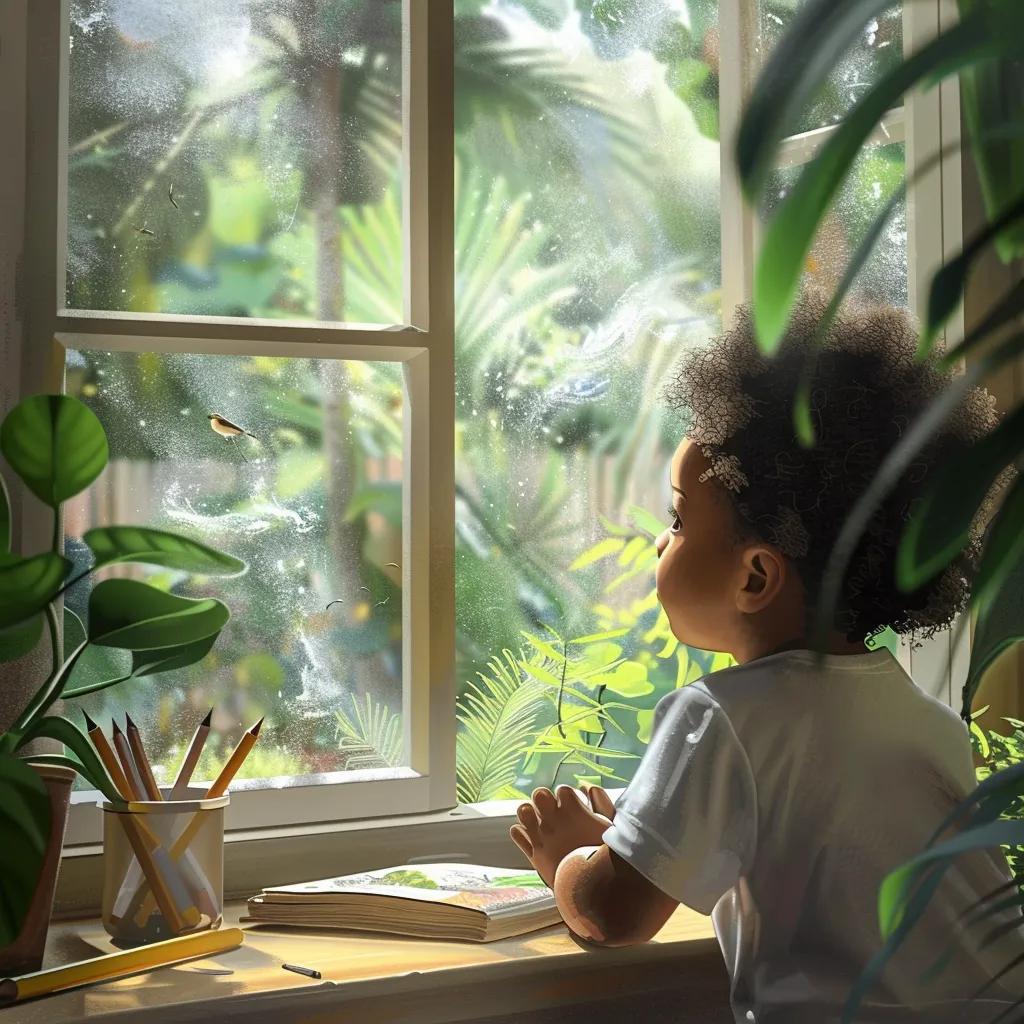
The Wonder Window: Why Observation Is the First Step to Learning
The Wonder Window: Why Observation Is the First Step to Learning

The Power of Simply Watching
Before children talk, they notice. Before they solve, they observe.Observation is a child’s first superpower — and one that shapes every skill that follows. At Kidazzle Childcare, we call it “The Wonder Window” — that magical space where children watch, listen, and make sense of the world before they act.
It’s in that pause — that moment of curiosity — where real learning begins.
Why Observation Matters
In early childhood, observation is how children gather information. When your child watches water drip, studies a bug crawling, or tracks clouds across the sky, they’re not being still — they’re processing patterns, testing cause and effect, and developing focus.
Observation is the foundation for:
Critical thinking – noticing differences and similarities.
Problem-solving – predicting what might happen next.
Empathy – reading emotions and understanding others.
In short, a child who observes learns not just to react — but to reflect.
Inside the Wonder Window at Kidazzle
Kidazzle teachers design moments that invite observation rather than rush answers. We slow things down, creating space for children to notice how something works instead of what it does.
In our classrooms, that might look like:
Watching a caterpillar transform into a butterfly.
Listening to the sounds of rain and describing what it feels like.
Building with blocks and predicting which structure will stand tallest.
These small, patient experiments teach children how to pay attention — a skill that strengthens memory, creativity, and emotional regulation.
At Home: Nurturing Your Child’s Inner Observer
You don’t need special materials to help your child practice observation — just time and attention. Try these ideas:
Ask “What do you notice?” instead of “What is that?”
Take “quiet walks” — listen for sounds, point out textures, count what you see.
Let curiosity lead. If your child lingers on a bug or a puddle, let them explore instead of hurrying them along.
Observation builds patience, mindfulness, and focus — skills that help children thrive not just in school, but in life.
The Gentle Art of Noticing
At Kidazzle Childcare, we believe learning begins not with answers, but with attention.When children are given the space to notice, wonder, and explore, they learn to trust their minds and follow their curiosity.
That’s the magic of the Wonder Window — where the world slows down just enough for a child to truly see it.